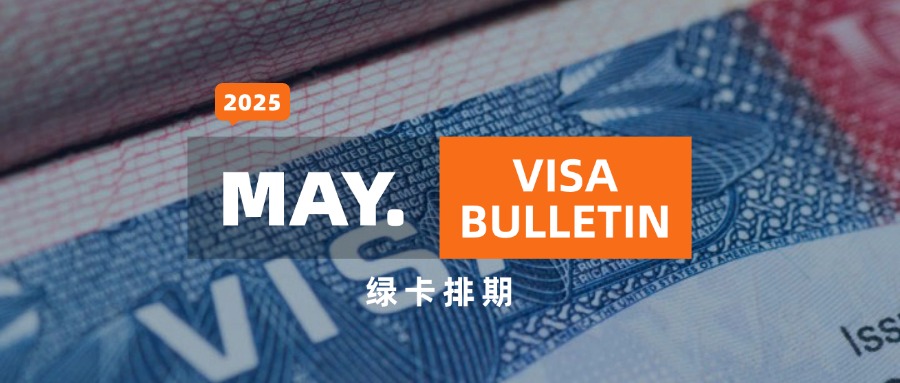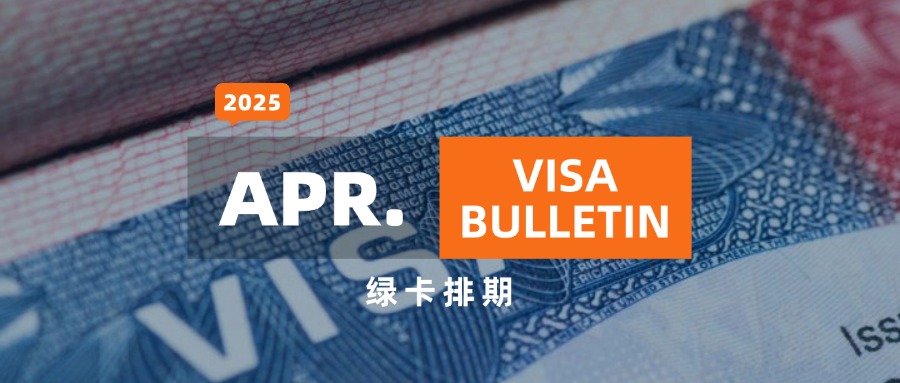
Unraveling the Complexities of Employer-Sponsored Green Cards: Insights and Strategies
Navigating the path to securing a green card through employer sponsorship in the United States can often seem like a labyrinthine process, fraught with procedural hurdles and financial implications. Employers contemplating this journey on behalf of a foreign worker face a series of challenges that can deter them from initiating or completing the process. Understanding these challenges from the employer’s perspective is crucial for both employers and prospective foreign employees. In this article, we delve into the intricacies of the employer-sponsored green card process, shedding light on the hurdles employers face and exploring potential strategies to mitigate these challenges.
The Employer’s Predicament
The process for an employer to sponsor a green card, often involving the PERM (Program Electronic Review Management) process, is anything but straightforward. It begins with the employer having to justify the need for a foreign worker by detailing the job’s nature, requirements, and location, followed by a prevailing wage determination from the Department of Labor. The complexities escalate with mandated recruitment efforts to prove no qualified U.S. worker is available for the role, culminating in multiple applications and a waiting period that can span years.
Financial and Legal Commitments
One of the primary deterrents for employers is the financial obligation tied to the process. The legal fees associated with the PERM application, for example, must be borne entirely by the employer, adding a significant cost layer to an already complex process. This requirement ensures that the burden of the application does not fall on the foreign worker, but it also heightens the employer’s financial risk.
Uncertainty and Long-Term Commitment
The prolonged timeline of the green card process, often extending beyond two years, introduces a level of uncertainty for employers. Predicting business needs and employment requirements far into the future is challenging for any organization. This uncertainty, coupled with the substantial time investment, can make the prospect of sponsoring a green card seem less appealing, especially when considering the possibility of the employee leaving the company once they obtain their green card.
Mitigating the Risks: A Step-by-Step Approach
Despite these challenges, there are strategies to make this daunting journey more manageable and appealing for both parties. A phased approach, starting with temporary employment authorization under an F-1 student visa through Optional Practical Training (OPT), can lay the groundwork for a more robust employer-employee relationship. This initial phase allows the employer to evaluate the foreign worker’s contributions and fit within the company with minimal risk.
Transitioning from OPT to H-1B to Green Card
Progressing from OPT to an H-1B visa serves as a middle ground, providing a more stable but still temporary employment arrangement. This step further solidifies the relationship and allows both the employer and the employee to make a more informed decision about pursuing a green card. By the time the conversation about a green card sponsorship arises, the employer has a well-established understanding of the employee’s value and potential long-term contribution to the company, mitigating the perceived risk associated with the initial green card sponsorship.
Conclusion
For foreign workers aiming to navigate the complex landscape of employer-sponsored green cards in the U.S., understanding the employer’s perspective is critical. The challenges of the process, from financial obligations to the uncertainty of long-term employment needs, play a significant role in an employer’s decision-making process. However, by adopting a step-by-step approach, starting with OPT and progressing through H-1B visa status, employers and employees can build a solid foundation, reducing risks and paving the way for a successful green card application.
This journey underscores the importance of patience, strategic planning, and mutual commitment to overcoming the hurdles of the green card process. By sharing these insights and strategies, we hope to demystify the complexities and encourage more informed, collaborative approaches to securing employment-based green cards.


